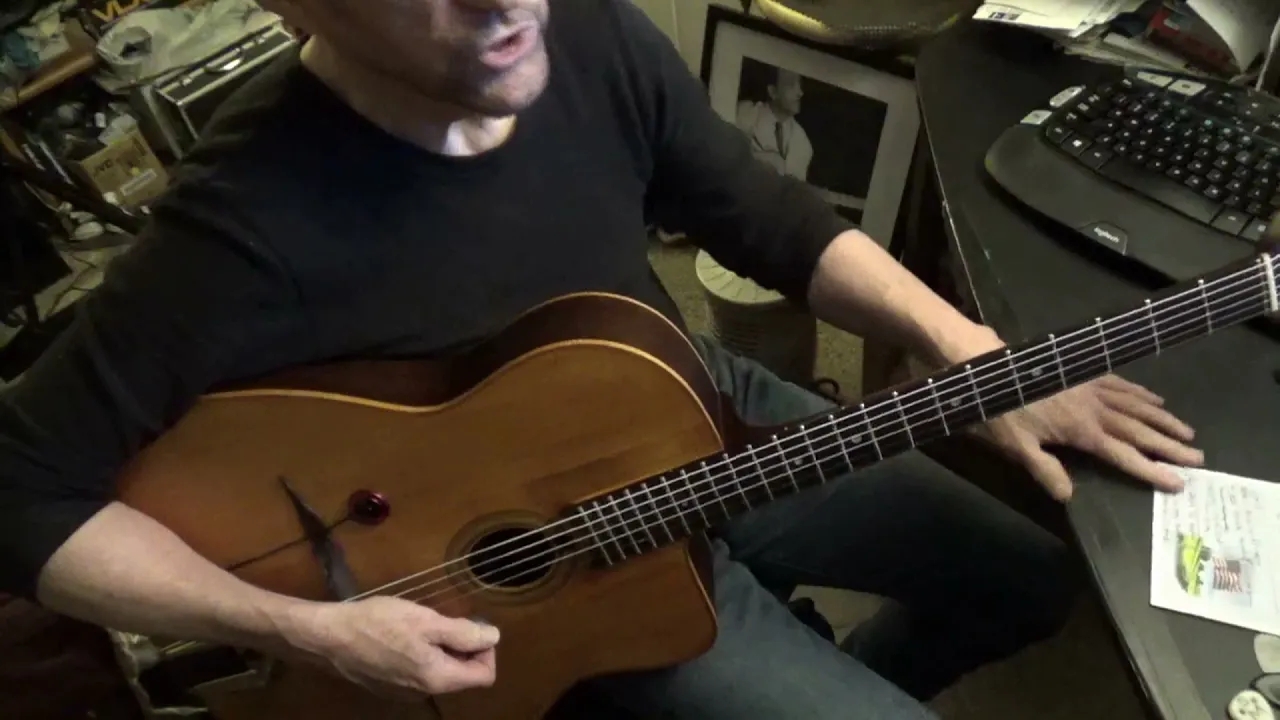A Systematic Guide to the tools of Improvisation!
When creating an original solo I break music down into four basic chord types, and their applicable scale (key-center) scource for improvisation.
Here are the basic chord types:
Over each chord type above we will apply six basic soloing approach-methods. The possibilities for improvisational composition, therefore, will greatly increase.
Here are the six basic approach methods.
Video will be placed here...

Now let's take a look at the development of these principles in the creation of example Line Forms.
Each example will utilze a single chord type to demonstrate how to cover a span of twelve frets (one ocatve) horizontally up the fingerboard.
This will offer us the coverage of one key into five basic areas of activities (line forms) which may then be transposed to any key and their relationship to their four respective chord inversions.
Once this is fully understood the transposition and connection of the five basic activities for major and minor chords may be implemented to formulate a continuous line passing through any chord progression through all 12 keys.
Video will be placed here...
